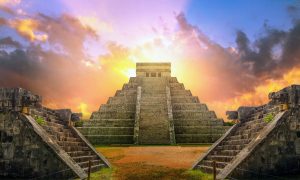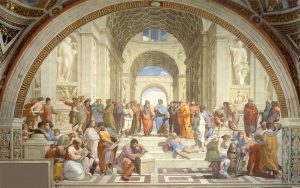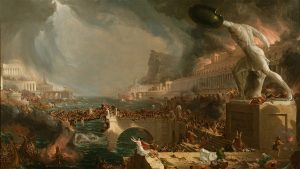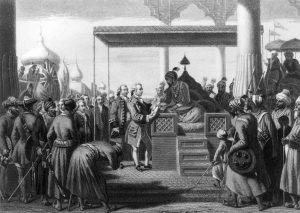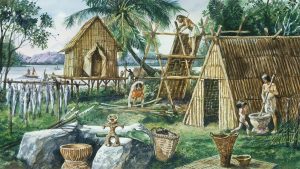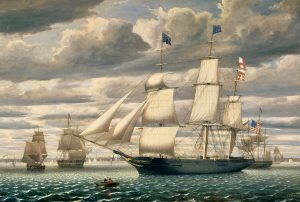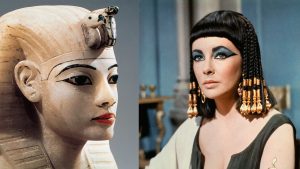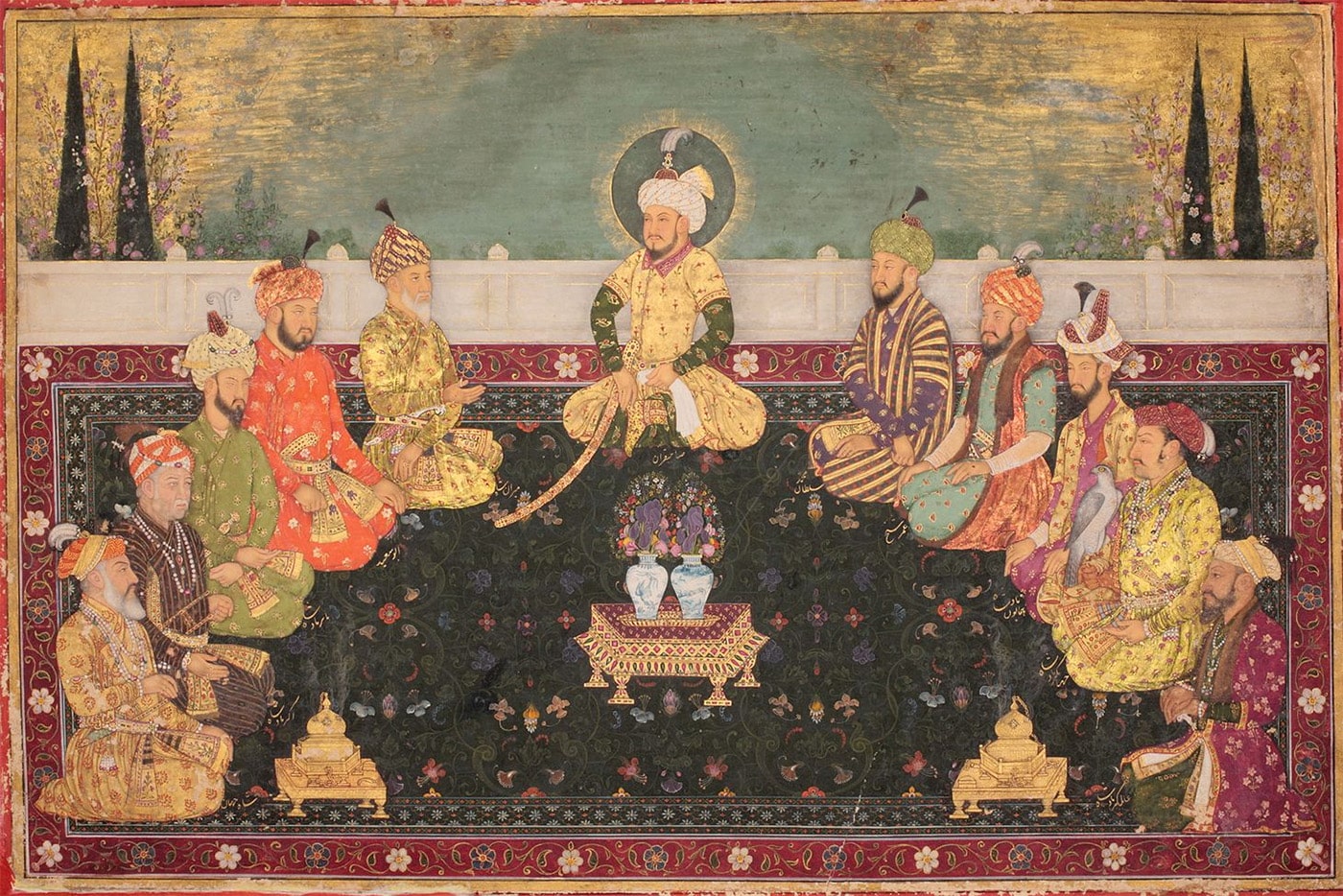
31 interesting facts about Mughal Empire
- 👁️ 1658
The Mughal Empire, an illustrious and historically significant dynasty, was founded in the Indian subcontinent in 1526 by Babur, a descendant of Timur and Genghis Khan. This empire is renowned for its rich contributions to art, architecture, and culture, which have left an indelible mark on the region’s identity. The Mughals were known for their unique blend of Persian and Indian cultures, and their reign is often considered a golden age for the arts and sciences in India. Their legacy includes some of the world’s most iconic structures, including the Taj Mahal, and their governance model influenced the region’s politics long after their decline.
- The Mughal Empire was established after the victory of Babur against Ibrahim Lodi at the Battle of Panipat in 1526.
- At its zenith, the empire covered much of the Indian subcontinent, including parts of the present-day countries of India, Pakistan, Bangladesh, and Afghanistan.
- Akbar the Great, who ruled from 1556 to 1605, is credited with laying the foundations of the modern administrative system in India.
- The Mughal Empire introduced the practice of land revenue collection directly through the officials of the emperor, which helped in the efficient management of resources.
- Mughal architecture is a distinctive Indo-Islamic architectural style that combines elements from Persian, Turkish, and Indian architectural styles.
- The empire was known for its religious tolerance under Akbar, who established a new religion called Din-i Ilahi, which attempted to merge elements from various religions.
- The Mughals were patrons of the arts, significantly influencing the development of the Indian classical music tradition.
- Mughal cuisine, which included dishes like biryani and pilaf, has had a lasting impact on Indian cooking.
- The empire’s decline began during the reign of Aurangzeb, who reversed Akbar’s policy of religious tolerance.
- The official language of the empire was Persian, which was used in administration and literature during the Mughal period.
- Shah Jahan, another notable Mughal emperor, is best known for commissioning the Taj Mahal in memory of his wife Mumtaz Mahal.
- The Mughal Empire’s military used advanced weaponry, including matchlock guns and cannons, which were critical to their success in expanding their territory.
- The Peacock Throne, an opulent throne made of gold and precious stones, was one of the most famous symbols of Mughal wealth and artistry.
- Mughal paintings blended Persian art with Indian themes, creating a unique style known for its vivid colors and intricate human figures.
- The empire’s currency system was highly organized, with the silver rupee becoming the standard currency throughout much of India.
- During the Mughal era, the empire maintained a complex network of roads that facilitated trade and communication.
- Akbar’s court had nine distinguished advisors, known as the Navaratnas (Nine Jewels), who were renowned for their expertise in various fields.
- The empire implemented a decimal system for land measurement, which helped in the maintenance of records and the systematization of agriculture.
- Mughal gardens, which were constructed beside many imperial palaces, introduced the concept of structured symmetrical gardens to India.
- The empire’s administration was organized into provinces, each headed by a governor who reported directly to the emperor.
- Mughal India was a major center of textile production, particularly silk and cotton, much of which was exported to Europe.
- The Ain-i-Akbari, written by Akbar’s court historian Abul Fazl, provides a detailed record of the empire’s administration and culture.
- The empire’s legal system was an amalgamation of Islamic law and Indian customs.
- Sufism flourished during the Mughal period, influencing the religious and social life in the empire.
- The Mughal Empire was heavily involved in the global spice trade, contributing significantly to their wealth.
- The British East India Company began to gain power in India as the Mughal Empire was declining, marking the beginning of British colonial rule.
- The last Mughal emperor, Bahadur Shah Zafar, was exiled by the British after the Indian Rebellion of 1857.
- Mughal emperors were known for their patronage of giant public works projects, which included forts, palaces, and mosques.
- The empire’s decline was hastened by corruption, administrative inefficiencies, and the increasing power of rival groups.
- The Mughals made significant contributions to the Indian educational system, including the establishment of madrasas.
- Several modern Indian cities, including Delhi, Agra, and Lahore, were once capitals of the Mughal Empire.
The Mughal Empire, with its grandiose art and architecture, sophisticated administrative structures, and vibrant cultural landscape, has left a legacy that profoundly shapes the historical narrative of the Indian subcontinent. The empire’s emphasis on inclusivity in governance, although fluctuated under different emperors, and its contributions to various fields remain a testament to its sophistication. The study of the Mughal Empire not only illuminates a crucial period in South Asian history but also provides insights into the complexities of empire-building that resonate in today’s global context.

